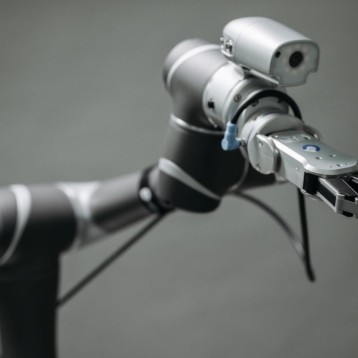Inspired by nature’s real flies, Prof. Wood and his team from the Harvard University succeeded in manufacturing a 60 milligram robot with a three-centimeter wingspan capable of sustained flight. Although flying robots already exist, this robot-fly is the first at such a small scale.
Micro flying robots such as the new Harvard fly hold great promise for military and intelligence applications. Appropriately, the U.S. Defense Advanced Research Projects Agency (DARPA) is supporting this project. The robot-fly may also have civilian applications including detection of chemical and radiological substances in hazardous environments.
Although the creation of a micro robotic flying insect is a major breakthrough, many difficulties must still be resolved before a fully autonomous robot-fly is produced. The current robot-fly is tethered and moves only up and down. It is necessary that a flight controller be applied to the robot in order to allow movement in different directions. A power source and sensors also need to be successfully integrated to create a fully functioning version of the robot-fly.
In the past, TFOT covered a different, larger, robotic insect developed by WowWee Robotics. The Wireless Dragonfly is a remote controlled toy (already sold worldwide) with impressive flying capabilities. The Harvard robotic fly is another step forward in the miniaturization of robotic insects, and the team’s achievement may bring us closer to replicating the amazing flying capabilities of insects.
More information on the robot-fly concept can be found in the Berkeley University Micromechanical Flying Insect Project site which is headed by Prof. Fearing.
Image: Harvard Robotic Fly – weighs only 60 milligrams and has a wingspan of 3 centimeters (Credit: Robert Wood).










